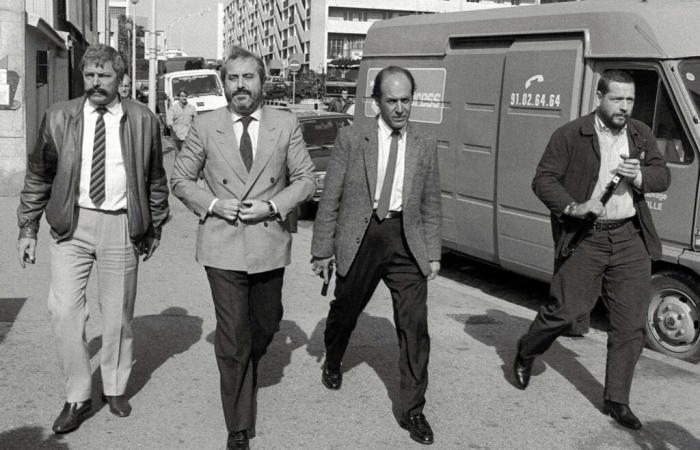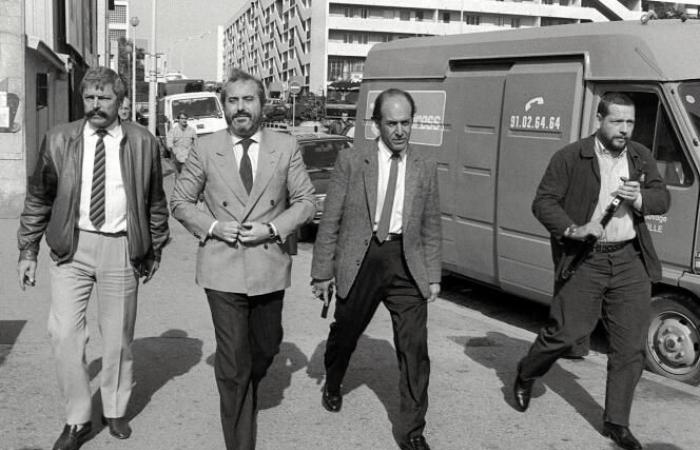There are a thousand of them, scattered across the Italian peninsula, far from their home province and the places where they committed their crimes. On their doorbell, an assumed name. When they testify at a trial, it is from a secure bunker, without letting their faces be seen. The collaborators of justice, also called “repentants” (repent), have been the protagonists of investigations against the Mafia in Italy for over thirty years. “Must-haves”according to specialist magistrates. “traitors”for their detractors. They are also “walking dead”as the popular expression goes, their lives hang by a thread once they decide to break the code of silence.
Read also | Article reserved for our subscribers Organized crime: the “repentant”, unloved by the French judicial arsenal
Add to your selections
The history of the collaborators of justice dates back to the years of lead, when political violence threatened the rule of law, in the 1970s. The first legal framework, defined in 1980, was thus devoted to cases of terrorism. It was extended ten years later to organized crime under the aegis of the Sicilian magistrate Giovanni Falcone, architect of the country’s anti-Mafia doctrine. He had tested this system with a choice guinea pig: Tommaso Buscetta, known as the “boss of both worlds”this Cosa Nostra leader returned from America to tell everything about his former accomplices. His confessions led to the great trial in Palermo, in 1986-1987, where 360 mafiosi were convicted.
Collaboration applied to organized crime has gradually become a precisely codified system, distinguishing between magistrate-confessors on one side, and on the other the Central Protection Service, deployed to watch over individuals who have officially entered the system. « programme »In total, more than 5,000 people are concerned, including close families, but also around sixty “court witnesses”, these citizens who have chosen to denounce mafia acts.
“Shedding light on opaque criminal realities”
The rules are clear: once the decision to collaborate has been made, the prisoner has one hundred and eighty days to convince others of his good will as well as the relevance of his revelations. The information must be ” news “, “complete” et “decisive”. In exchange, he can obtain a reduced sentence, protective measures for himself and his family (rehousing, anonymity, etc.), as well as a monthly income of around 2,000 euros per household. At the slightest error, at the slightest lapse of memory, he is sent back to the dungeon. This is what has just happened to Francesco Schiavone, historical boss of the Casal di Principe clan, belonging to the Camorra, repentant at 70, who did not convince the Neapolitan magistrates after three months of interviews.
You have 57.46% of this article left to read. The rest is reserved for subscribers.







